Want to strengthen your hip abductors for better stability and lower body strength? Hip abductor workouts target the muscles that keep your pelvis stable and support overall balance. This article covers effective exercises, including various hip abductor workouts—from side-lying to standing variations—to help you build strength and improve stability. Incorporating a hip abductor workout into your routine can lead to significant improvements in your performance.
Key Takeaways
-
Hip abductor exercises, such as side-lying and standing variations, enhance lower body strength, stability, and help alleviate hip pain.
-
Incorporating resistance bands and weights into hip abductor workouts increases muscle engagement, effectiveness, and promotes injury prevention.
-
Maintaining proper form and gradually increasing resistance are essential for maximizing benefits and minimizing the risk of injury during hip abductor exercises.
Side-Lying Hip Abduction Techniques

Hip abduction exercises strengthen the lower body and enhance stability. These movements focus on the hip abductor muscles, which play a crucial role in maintaining pelvic stability during various activities. Incorporating side-lying hip abductions into your routine can help improve stability, reduce the risk of injury, and alleviate hip pain.
Perform these exercises with slow and controlled movement to effectively target the hip abductors.
Basic Side-Lying Hip Abduction
Begin a basic side-lying hip abduction by lying on your side with your legs stacked and your knees slightly bent. Engage your abdominal muscles to maintain a stable core and lift your top leg parallel to the ground, keeping it straight. This movement primarily targets the gluteus medius, a key muscle for hip stability.
Keep your body in a straight line, avoiding hip rotation. Switch sides to work both hips evenly.
Weighted Side-Lying Hip Abduction
Weights can significantly increase the difficulty and effectiveness of side-lying hip abductions. Attach a 3-5 pound cuff weight to your top leg and perform the same movement as the basic version. The added resistance will further engage the hip abductor muscles, including the gluteus medius and minimus.
Maintain proper form throughout to avoid injury and maximize benefits.
Clamshell Exercise for Hip Strength

Clamshell exercises are another excellent way to strengthen the hip abductors. These movements primarily target the gluteus medius and minimus, key muscles for hip stability. Clamshells can help address weak hip abductors, which are often indicated by a hip drop during single-leg activities.
Basic Clamshell
To perform a basic clamshell, lie on your side with your knees bent at a 90-degree angle. Keep your heels together and lift your top knee as high as possible without rotating your hips. This exercise should be felt primarily in the gluteus medius, located around the back of the hips.
Keep your knees stacked to maintain alignment and maximize effectiveness.
Advanced Clamshell with Resistance Band
To enhance the intensity of clamshells, incorporate a resistance band around your knees. This added resistance will significantly boost the effectiveness of the workout by further engaging the gluteus medius and minimus.
Perform the same movement as the basic clamshell, but with the resistance band in place to increase the difficulty and muscle activation.
Standing Hip Abduction Variations

Standing hip abduction exercises are essential for engaging the muscles on both sides of the body. These movements involve lifting the leg out to the side while maintaining an upright posture, which engages stabilizing muscles crucial for balance and injury prevention.
Basic Standing Hip Abduction
To perform a basic standing hip abduction, stand with your feet hip-width apart and your knees slightly bent. Engage your abdominal muscles and lift one leg out to the side, keeping your knee straight and your toes pointed forward. This exercise targets the hip abductors, including the gluteus medius and minimus, and helps maintain proper alignment and posture.
Ensure your body does not lean during the movement to maximize effectiveness.
Weighted Standing Hip Abduction
Add ankle cuff weights or use a resistance band around your ankles for a more challenging variation. Perform the same movement as the basic standing hip abduction, ensuring the correct muscles, primarily the gluteus medius and minimus, are engaged.
Maintaining proper form prevents injury and maximizes exercise benefits.
Using Resistance Bands for Hip Abduction

Resistance bands can enhance hip abduction exercises by increasing muscle tension. Incorporating resistance bands into your routine can significantly boost the engagement of the hip abductors and improve overall stability.
Banded Bridges
Perform banded bridges by positioning your feet flat on the ground with a resistance band around your knees. Engage your core and lift your hips towards the ceiling, squeezing your glutes at the top of the movement.
This exercise targets both the glute muscles and hip abductors, making it comprehensive.
Monster Walks
Monster walks effectively target the hip abductors while maintaining balance. Position a resistance band around your ankles and take small steps forward and backward, maintaining band tension.
This exercise increases the difficulty and intensity, providing greater resistance and engagement of the hip abductors.
Single Leg Exercises for Hip Abductors
Single-leg exercises strengthen the hip abductor muscles and enhance balance. These movements include alternatives like lateral lunges, curtsy lunges, and fire hydrants, targeting hip abductors without machines.
Hip Hiking
Hip hiking specifically targets the hip abductors of the standing leg. Stand with one foot on a step and the other hanging off the edge to perform this exercise. Hold onto a sturdy surface for balance and lift the hanging leg by hiking your hip upward.
This movement engages the hip abductors, promotes better balance, and alleviates lower back tension.
Lateral Steps
Lateral steps effectively engage and strengthen the hip abductor muscles. Stand with your feet hip-width apart and take a controlled step to the side to engage the hip muscles.
Using resistance bands during lateral steps can increase the difficulty and intensity of the exercise, providing greater resistance. Focus on maintaining proper form by keeping the knees slightly bent and the movement coming from the hips rather than the back.
Enhancing Your Hip Abductor Workout

Enhance your hip abductor workout with controlled movements, proper alignment, and the use of weights and resistance bands.
These strategies increase exercise effectiveness and promote greater strength gains in the hip abductors.
Identifying Target Muscles
The primary muscles involved in hip abduction are the gluteus medius, gluteus minimus, and tensor fascia lata. Focus on lifting your leg to the side while keeping your body stable and back straight to effectively engage these muscles.
Avoid lifting the leg too high to prevent engaging other muscles and reducing exercise effectiveness. Start with bodyweight movements before adding resistance to ensure proper engagement.
Benefits of Strong Hip Abductors
Strong hip abductors maintain pelvic stability, preventing low back pain, hip pain, and patellofemoral syndrome. These muscles enhance overall balance and stability, improving physical performance in exercises and daily activities.
Strengthening the hip abductors improves athletic performance and reduces injury risk.
Common Mistakes and How to Avoid Them
Mistakes in hip abductor exercises can lead to pain, weakness, and injuries in the pelvis, knee pain, and ankles. Proper form and gradual loading prevent injuries and maximize exercise benefits.
Incorrect Form
A common mistake during clamshells is letting the hips rotate backward. Correct this by lowering the top leg lift and focusing on alignment. Other common errors include leaning forward during standing hip abductions and not maintaining a straight posture.
Correct form is crucial for engaging the hip abductor muscles and avoiding injury.
Overloading Too Quickly
Quickly overloading during hip abductor exercises can cause back pain and injuries. It’s crucial to increase weight or resistance gradually to ensure safety during workouts.
Monitor your form and listen to your body to prevent strain and injury.
Alternatives to Traditional Hip Abductor Exercises
Alternative methods for hip abductor strengthening accommodate various fitness levels and preferences. These alternatives mitigate risks while effectively targeting hip abductor muscles.
Hip Abduction Machine
The hip abduction machine suits general fitness or rehabilitation purposes. It isolates the outer hip and thigh muscles, including the glutes, making it effective for strengthening the hip abductors.
Commonly found in gyms, it can be a valuable addition to your routine.
Cable Machine Hip Abductions
Cable machine hip abductions enhance hip muscle engagement through focused movements. Performing these exercises with controlled movements ensures effective targeting of the hip abductor muscles, improving stability and strength.
This method offers increased stability and builds strength in the hip muscles, making it a beneficial exercise.
Summary
In summary, incorporating a variety of hip abductor exercises into your fitness routine can significantly enhance your lower body strength and stability. From basic side-lying hip abductions to advanced clamshells with resistance bands, these exercises target crucial muscles that improve balance and reduce the risk of injury. Remember to focus on proper form, gradual progression, and the use of resistance tools to maximize benefits. Strengthen your hips and take a step towards a more resilient and powerful body.
Frequently Asked Questions
What is the primary benefit of hip abductor exercises?
The primary benefit of hip abductor exercises is to strengthen the lower body, improving stability and pelvic control, which can help reduce the risk of injuries during physical activities.
How can I make side-lying hip abductions more challenging?
To increase the challenge of side-lying hip abductions, add cuff weights of 3-5 pounds to your top leg. This adjustment intensifies the workout and effectively engages your hip abductor muscles.
What are the benefits of using resistance bands in hip abductor workouts?
Incorporating resistance bands in hip abductor workouts enhances muscle engagement and strength by increasing tension and providing greater resistance. This boosts the overall effectiveness of your exercises, leading to improved results.
What common mistakes should I avoid during hip abductor exercises?
To maximize the effectiveness of hip abductor exercises, avoid rotating your hips backward during clamshells, leaning forward during standing abductions, and increasing weight too quickly. These mistakes can lead to injury and diminish your results.
Can I use machines to strengthen my hip abductors?
Yes, using machines like the hip abduction and cable machines is an effective way to strengthen your hip abductors by isolating and targeting those specific muscles. Incorporating these machines into your workout can enhance your strength and stability.



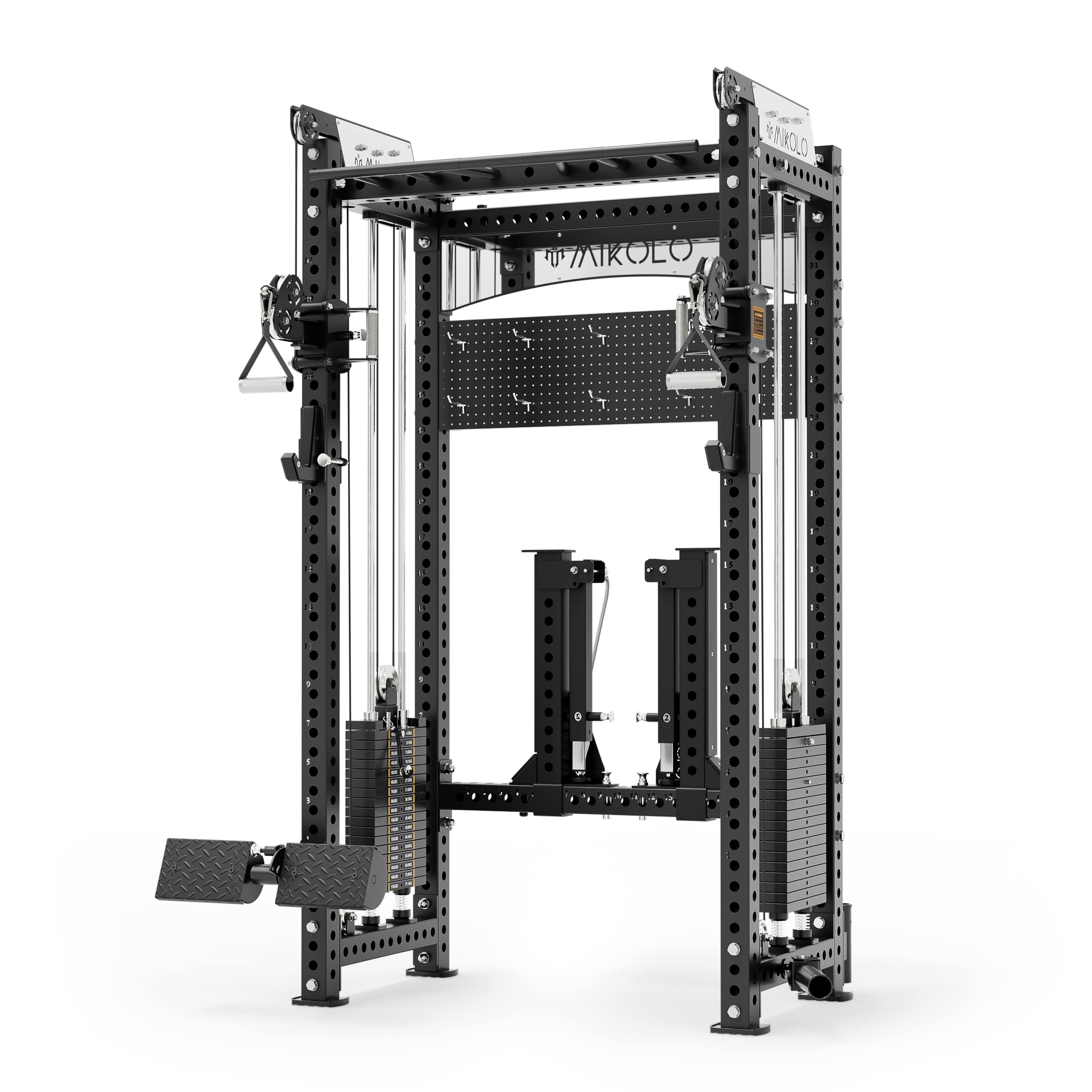

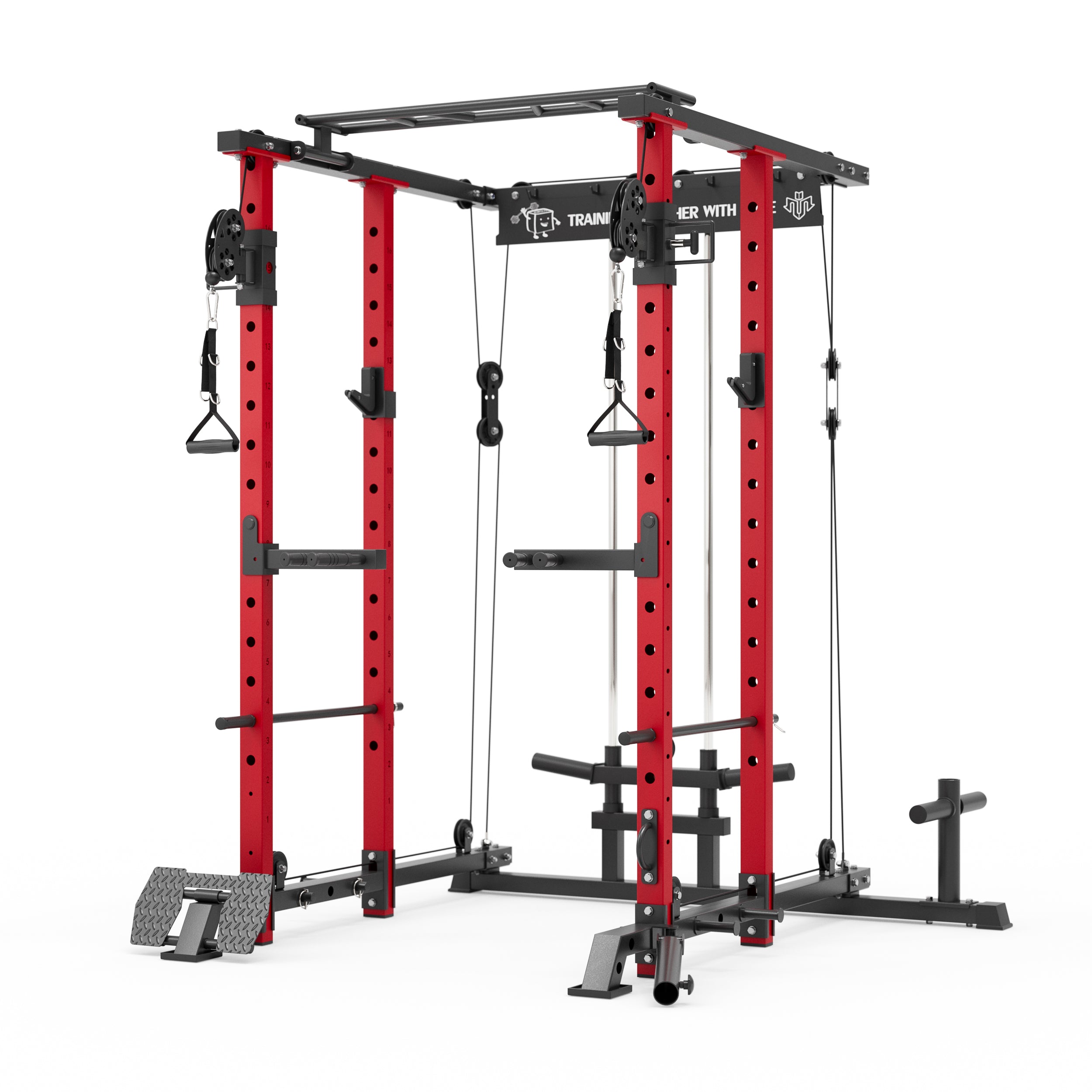



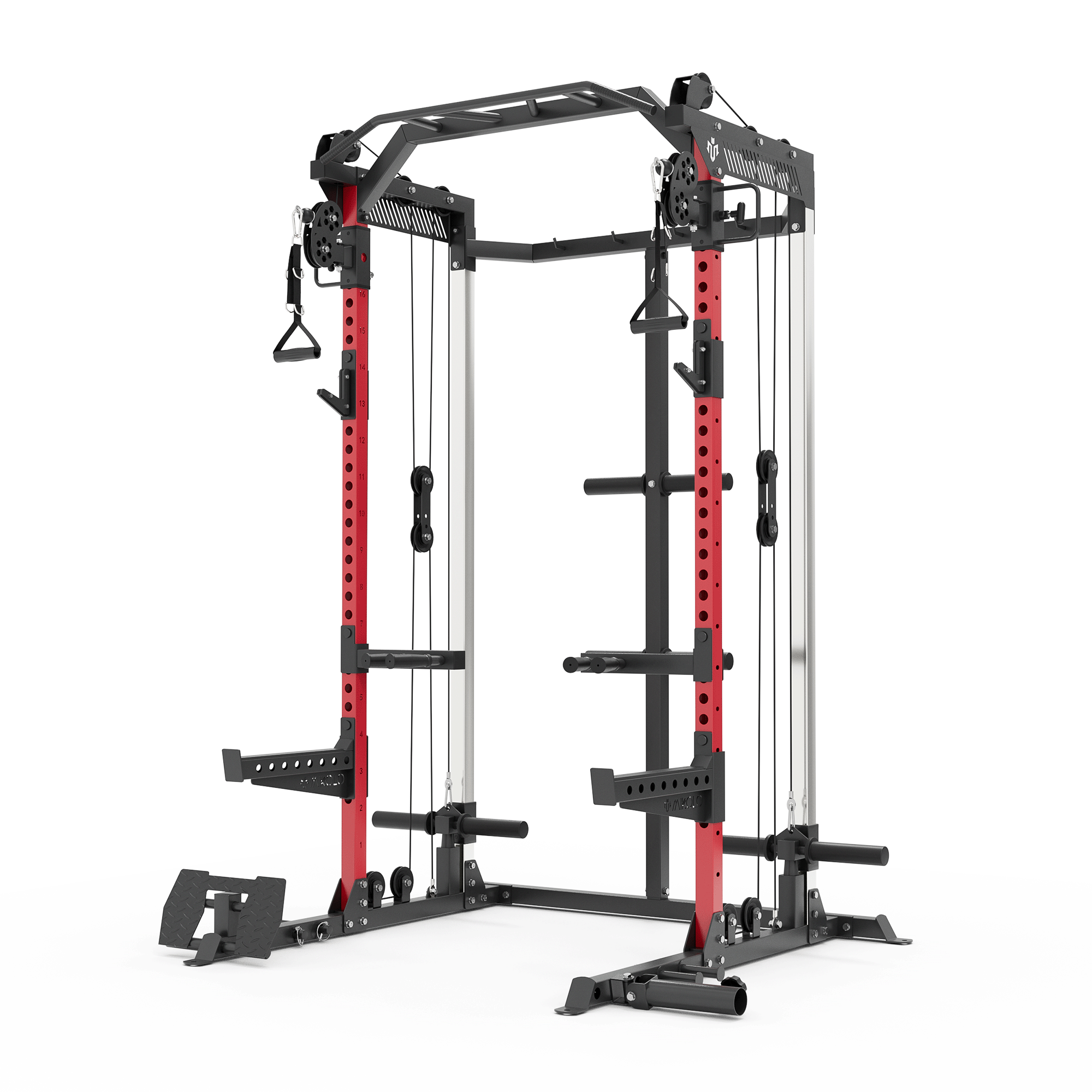
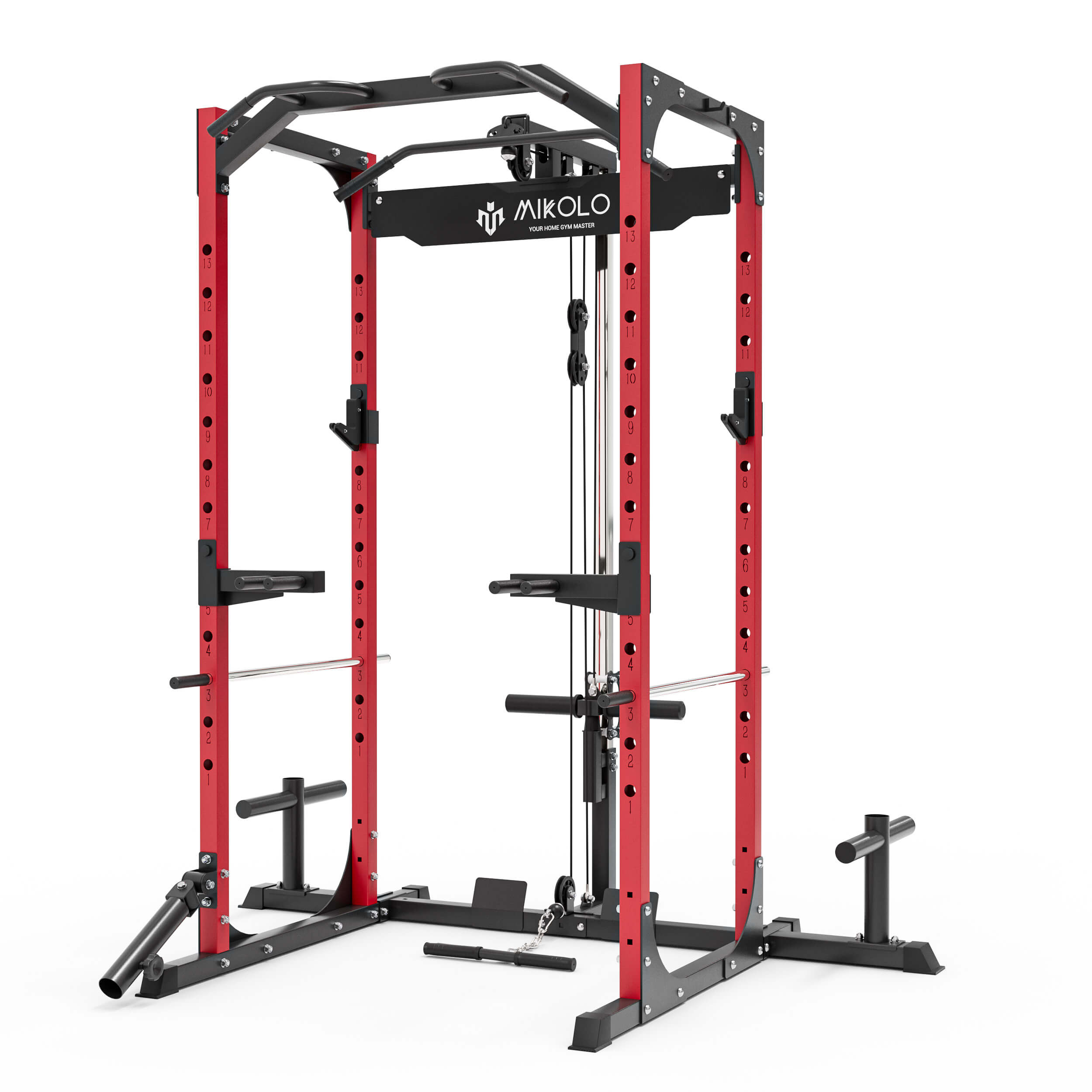




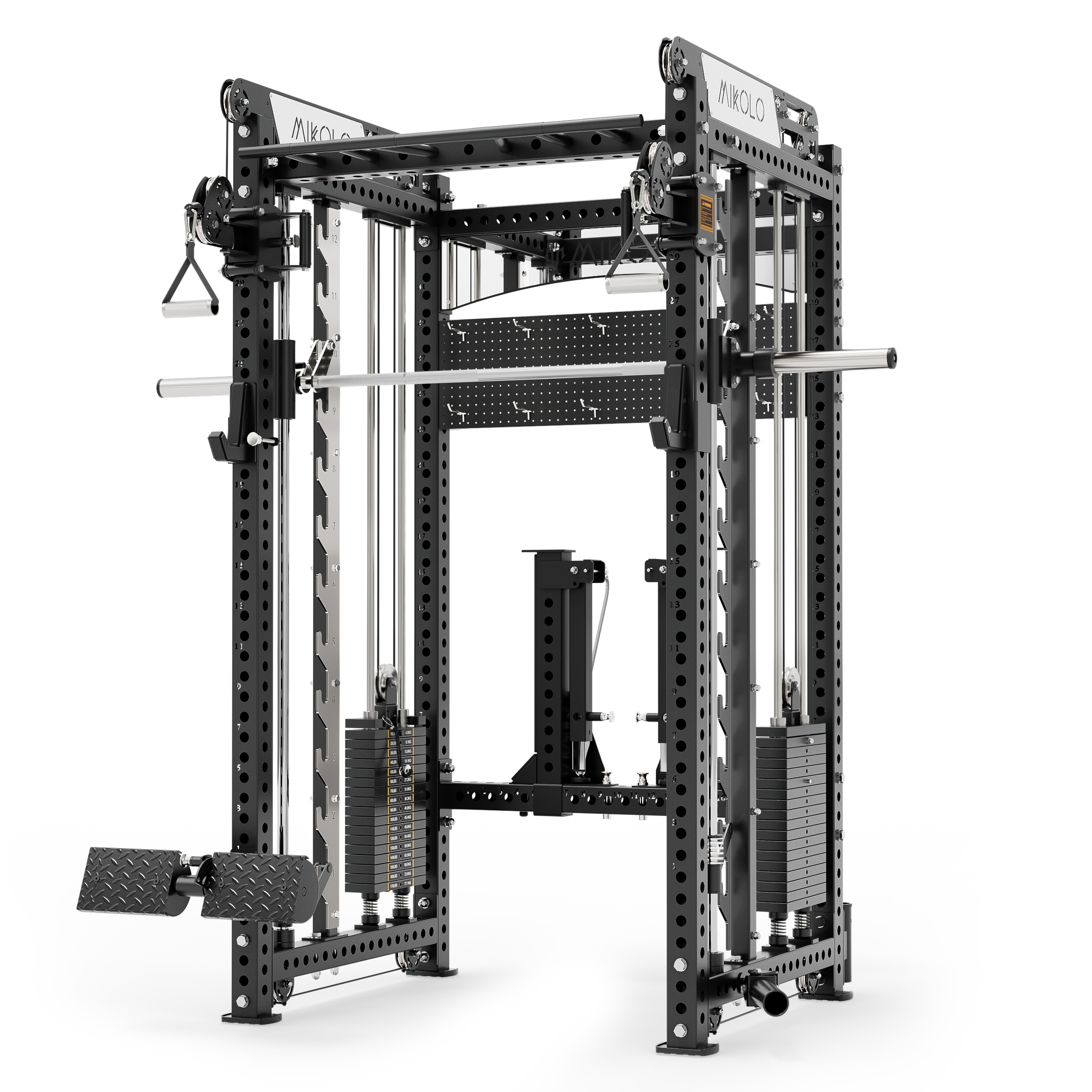

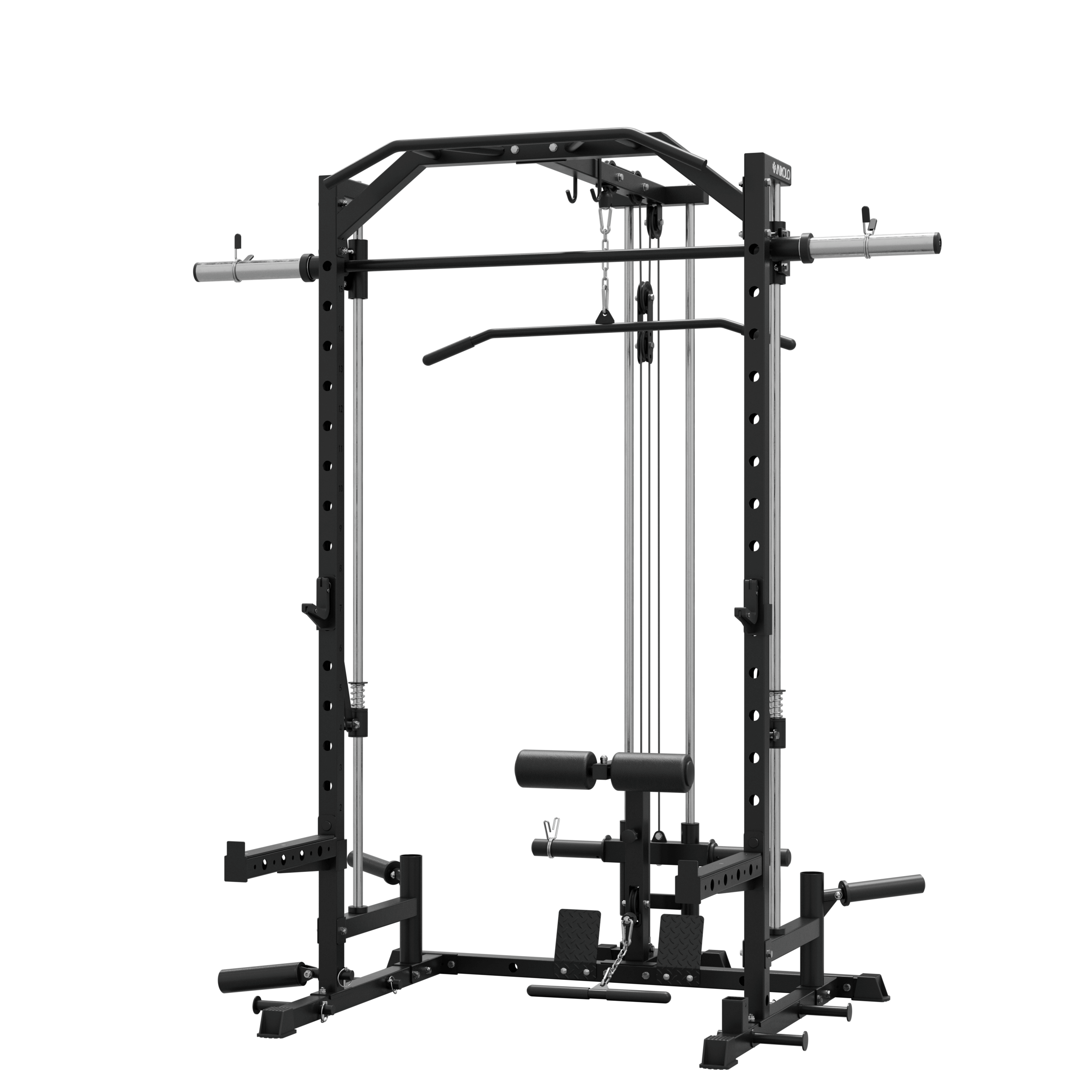
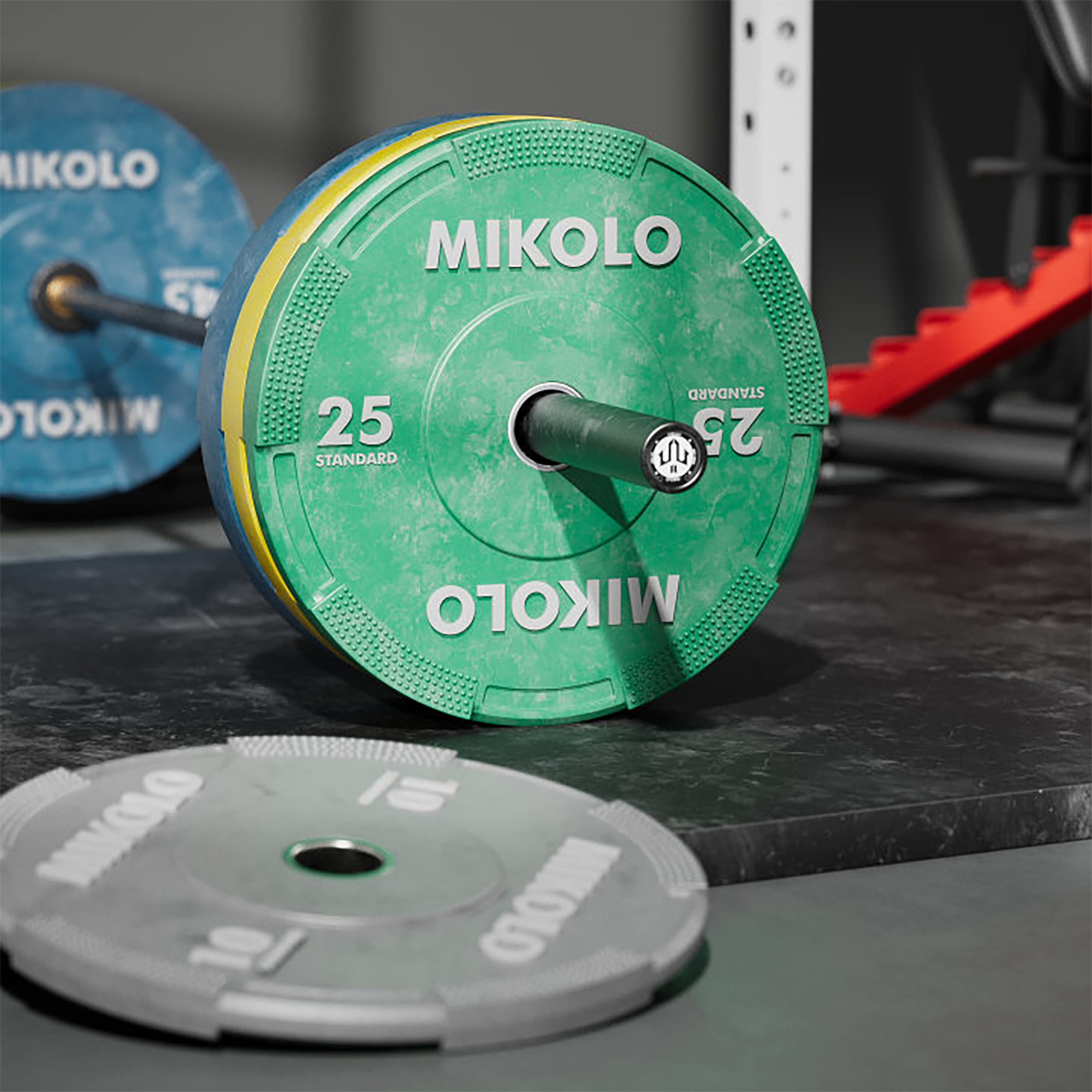
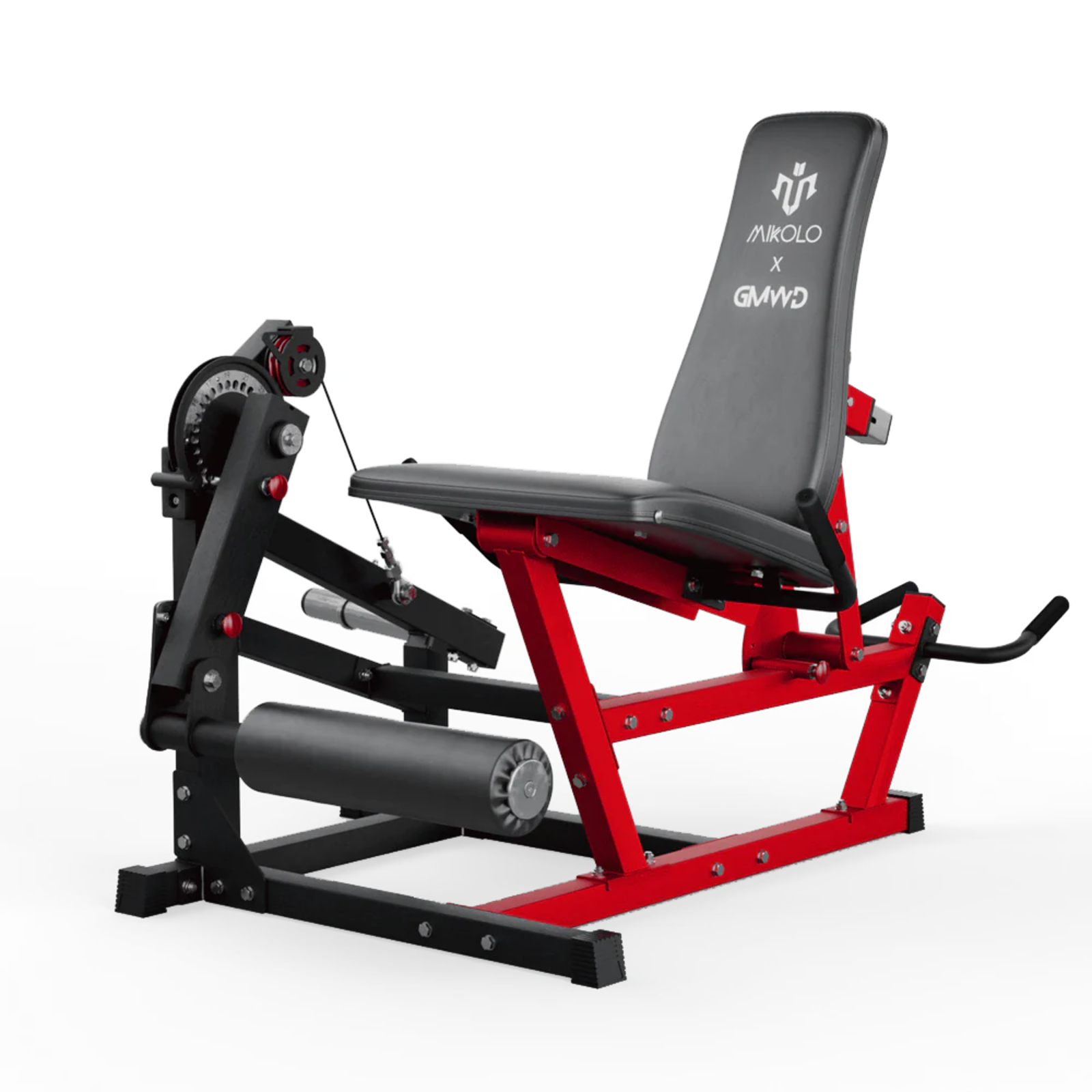

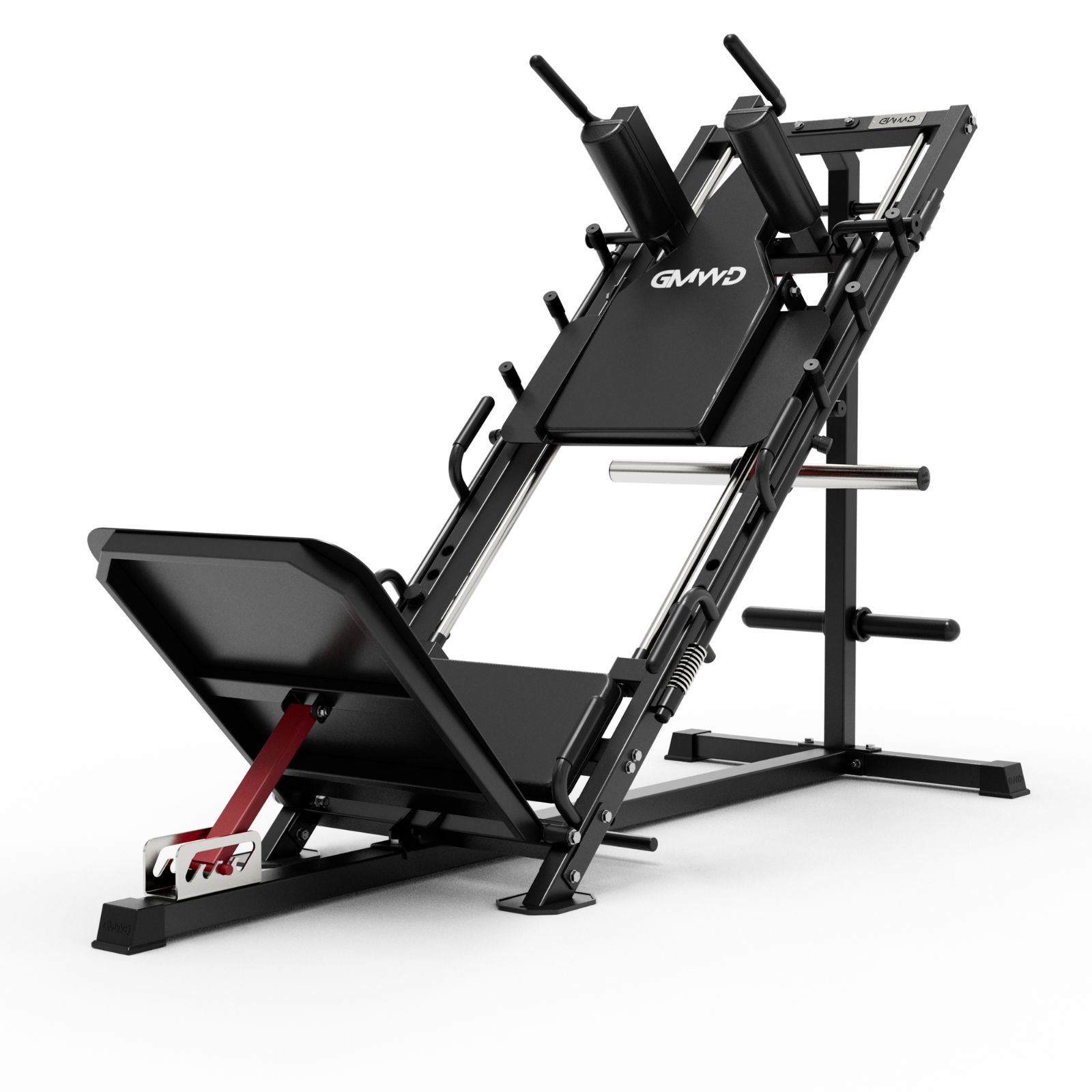


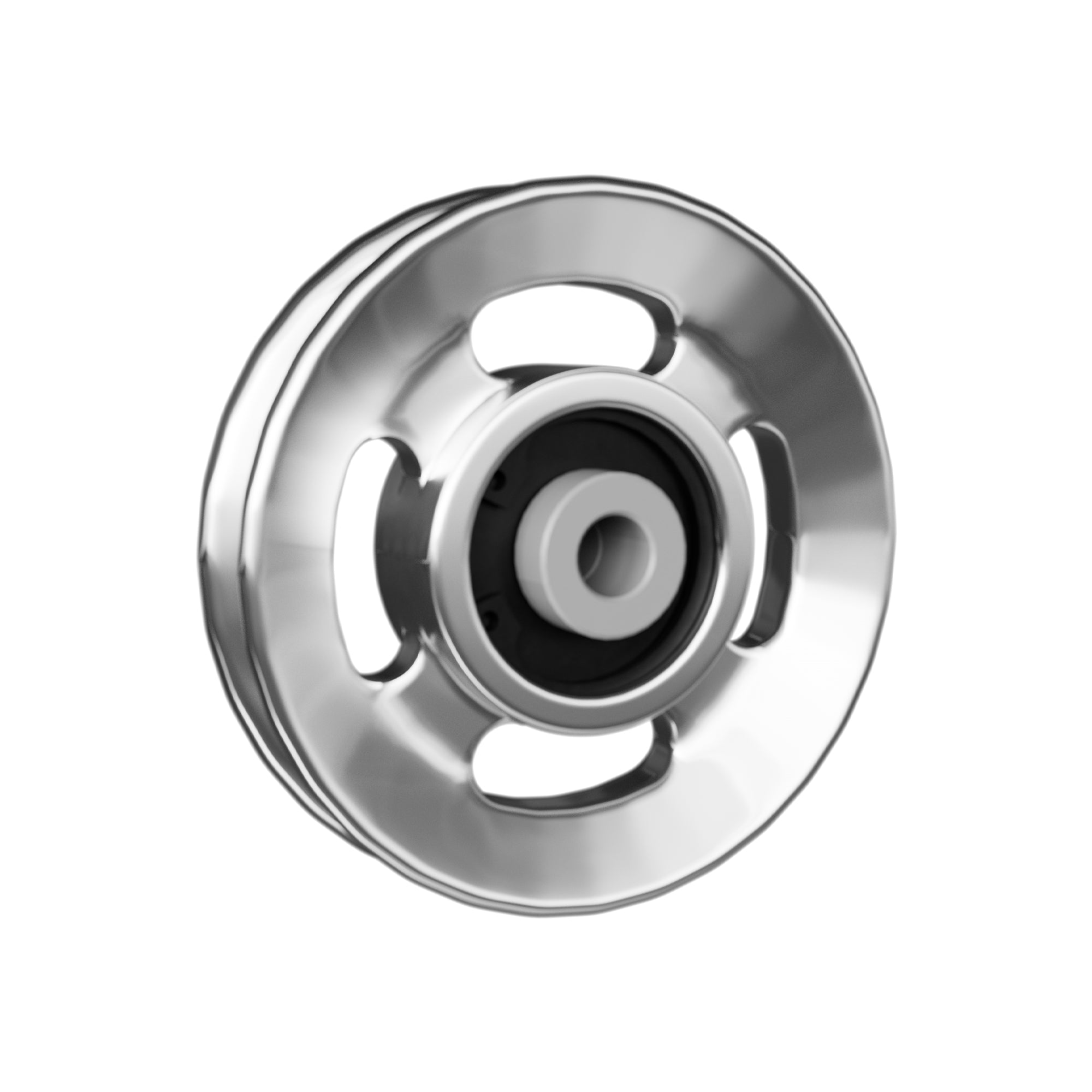
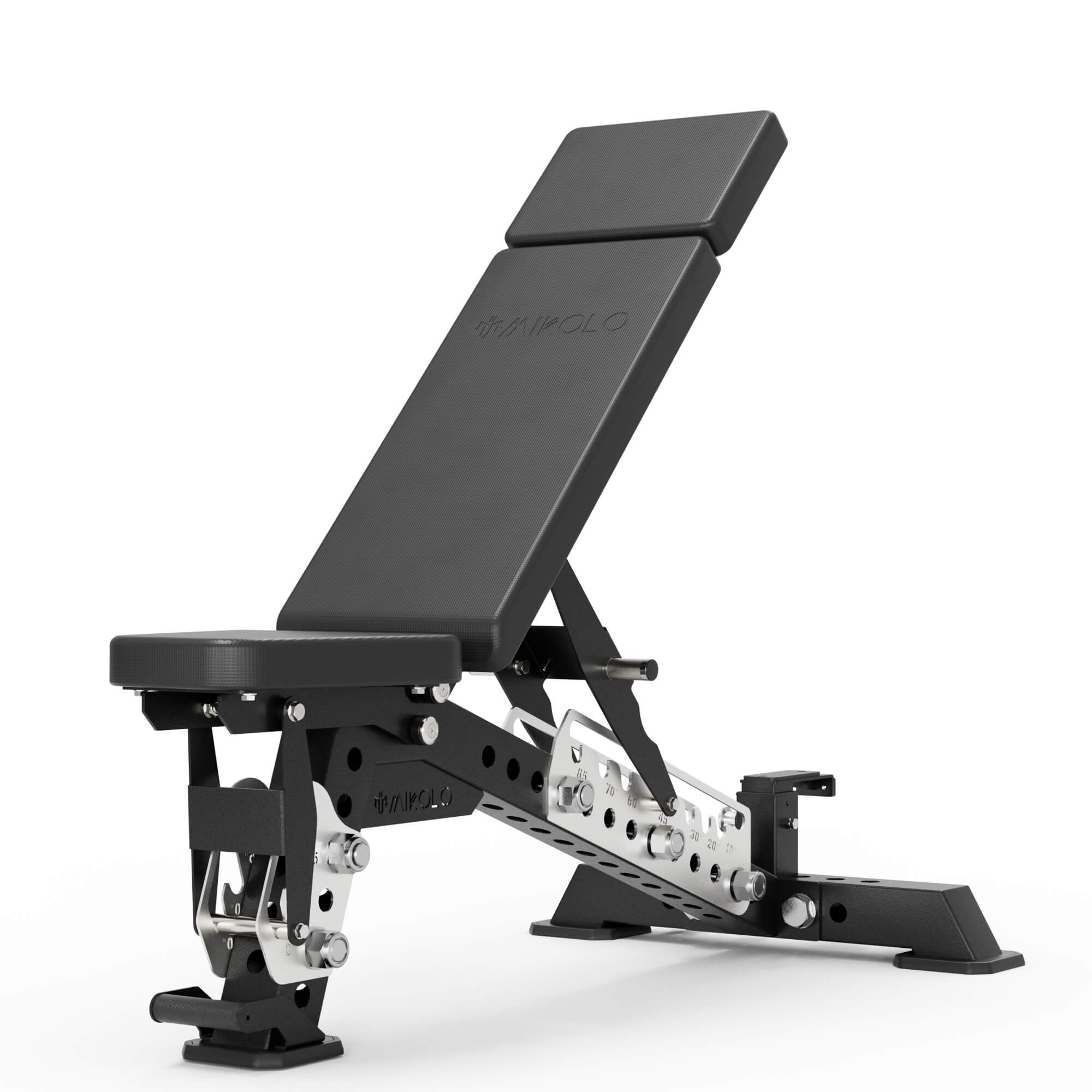
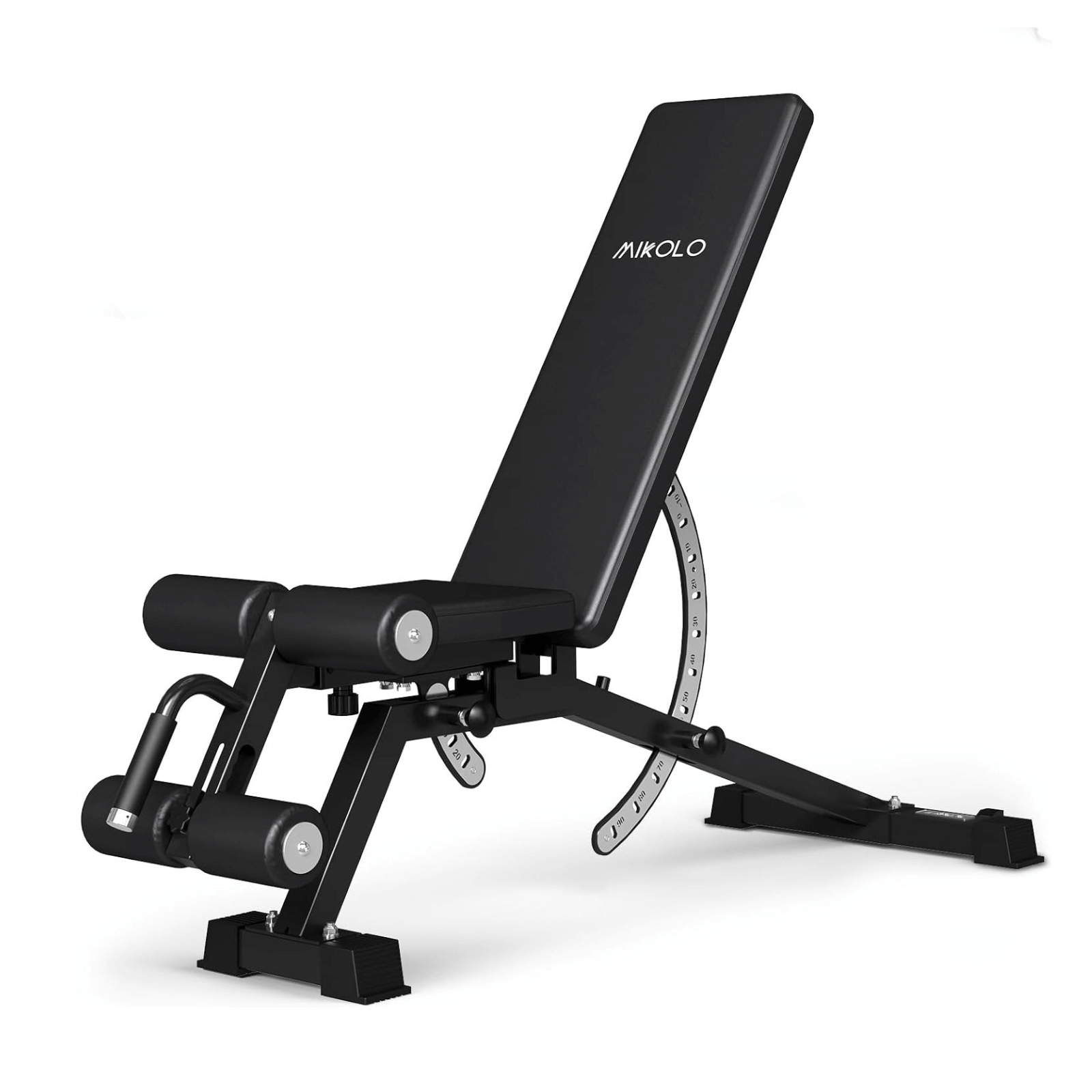

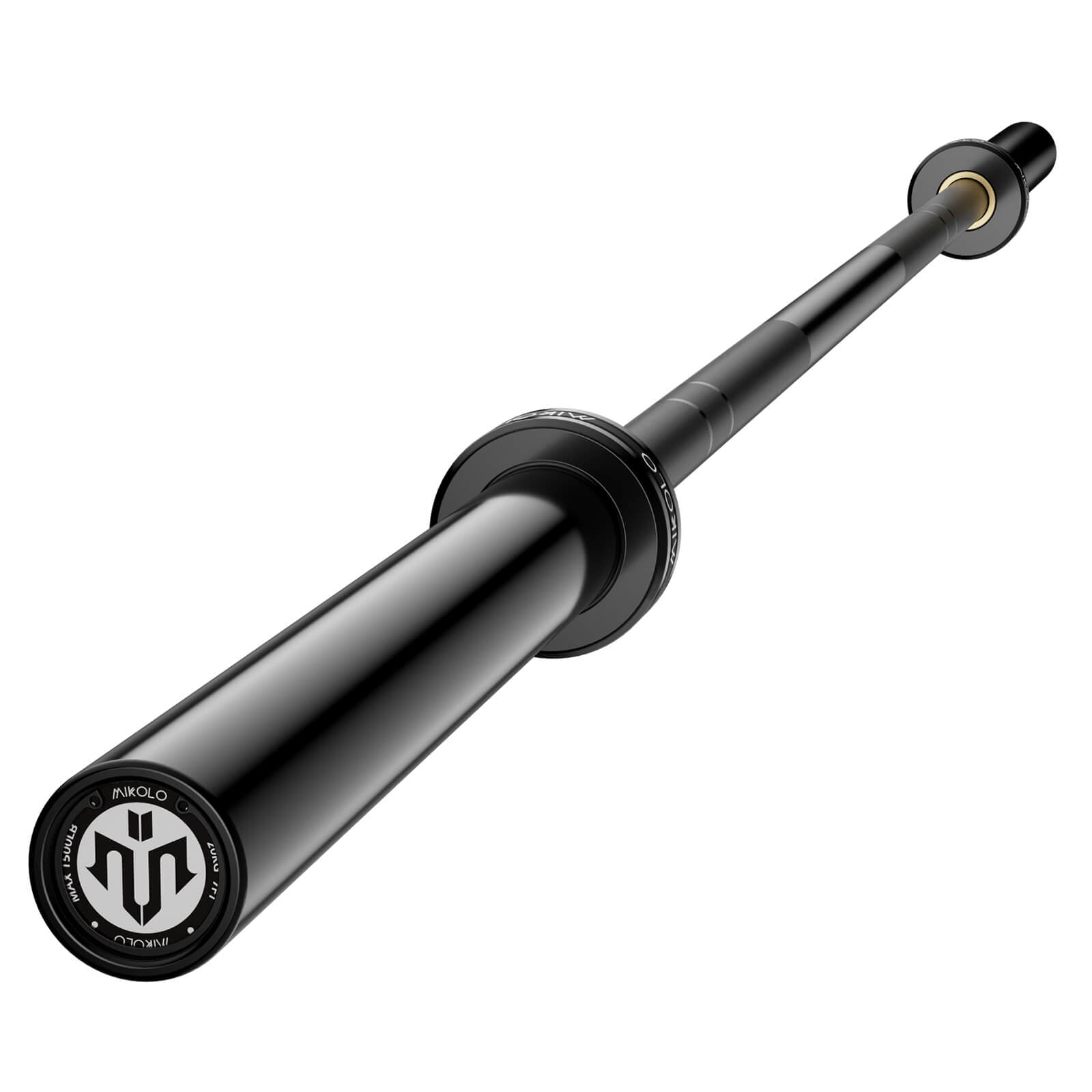
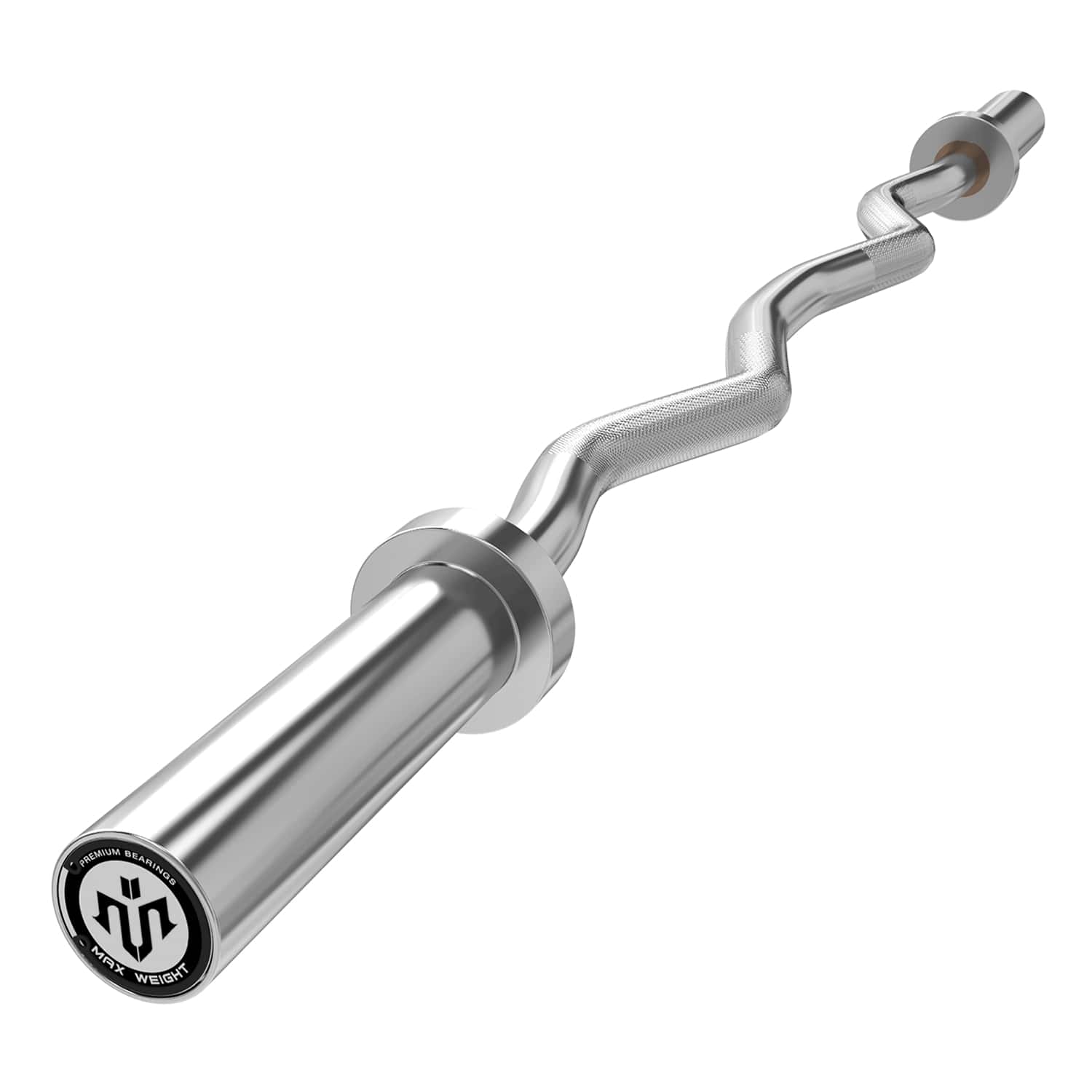
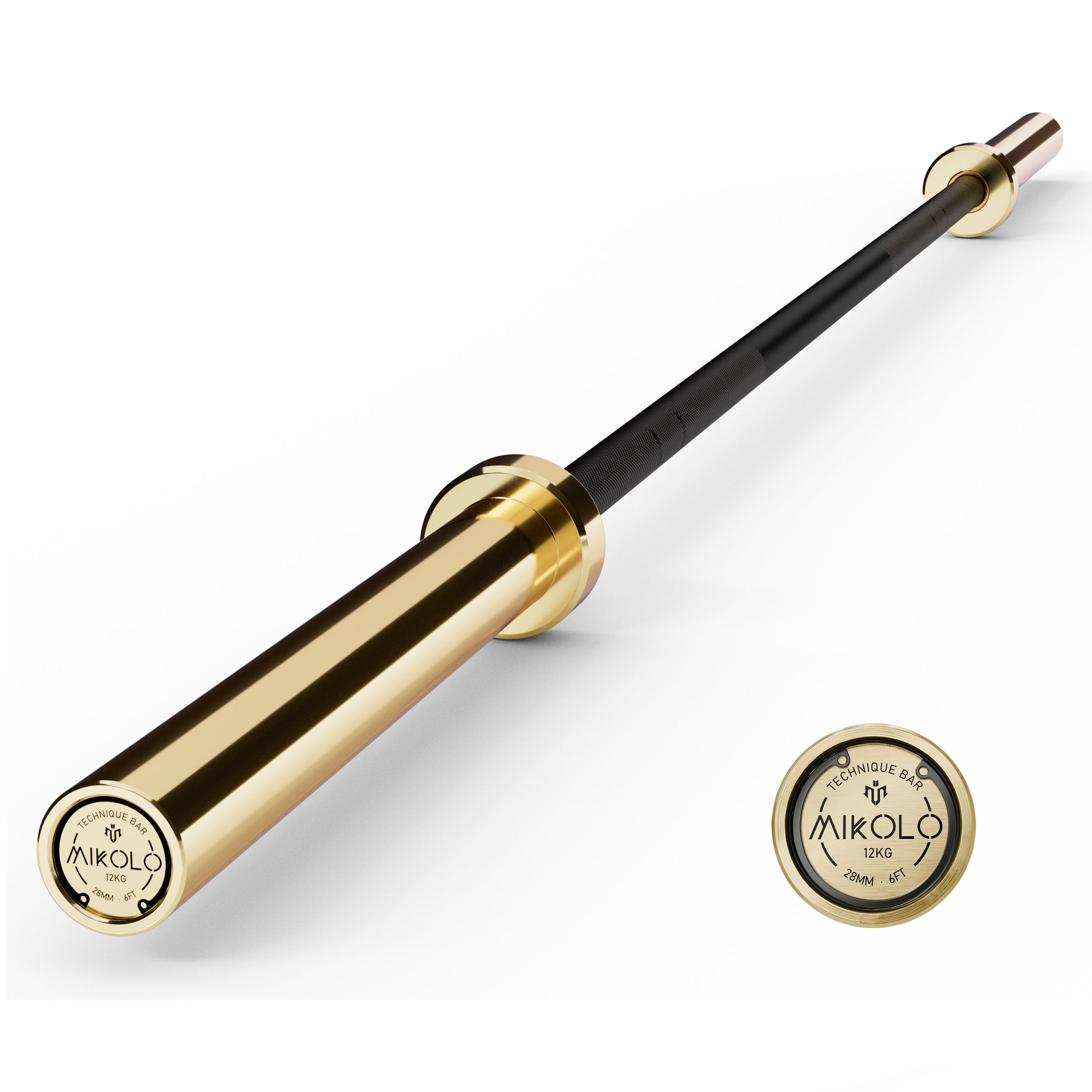
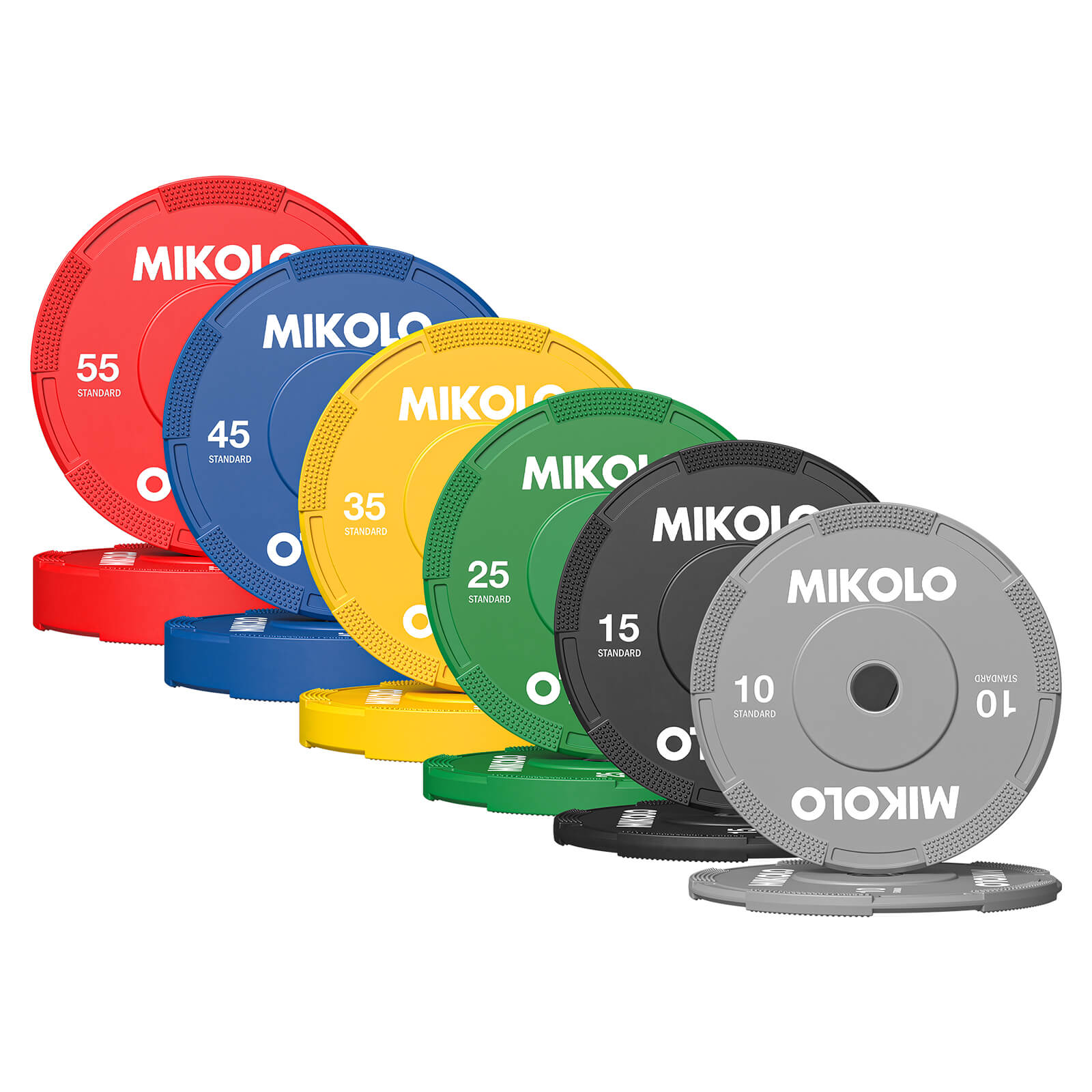
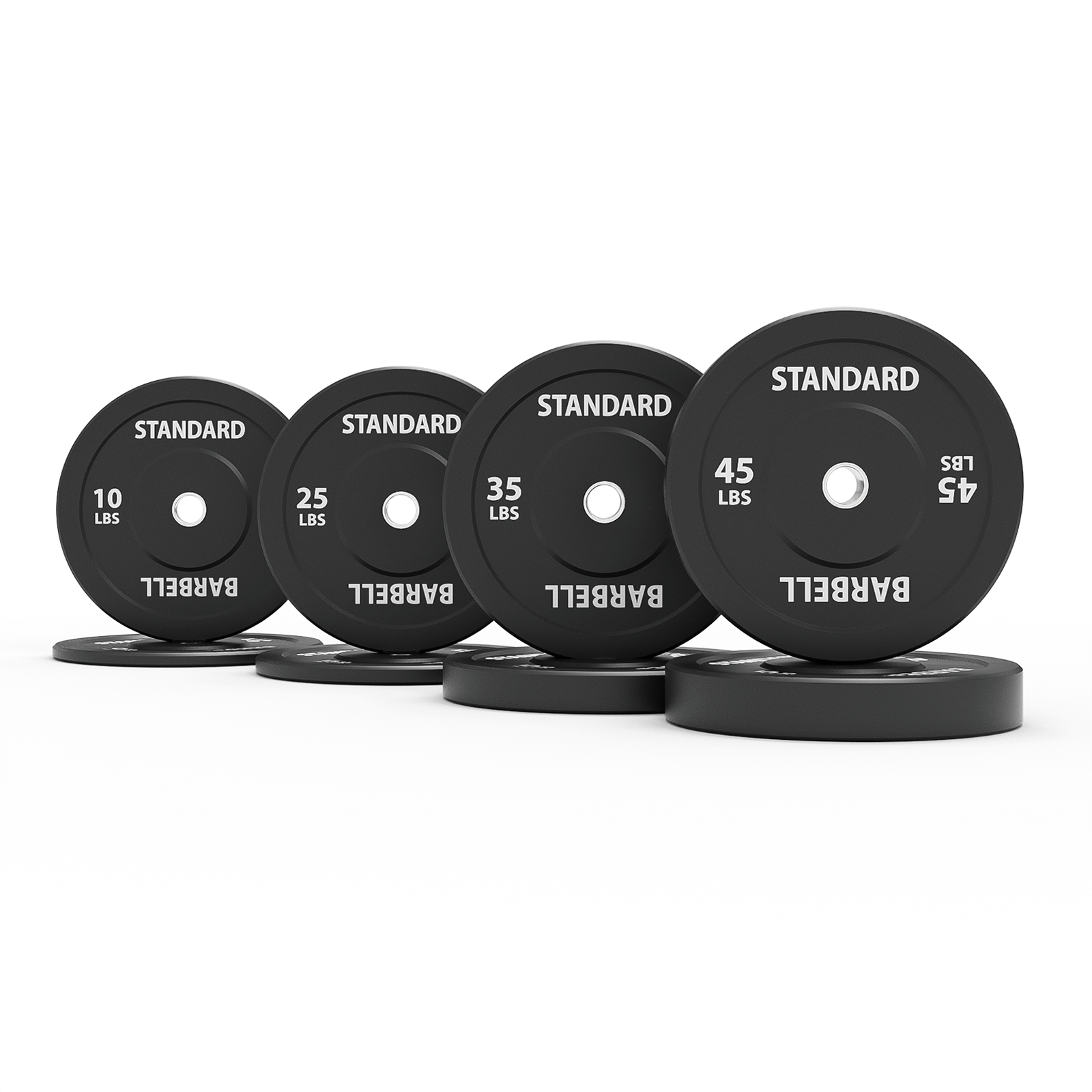
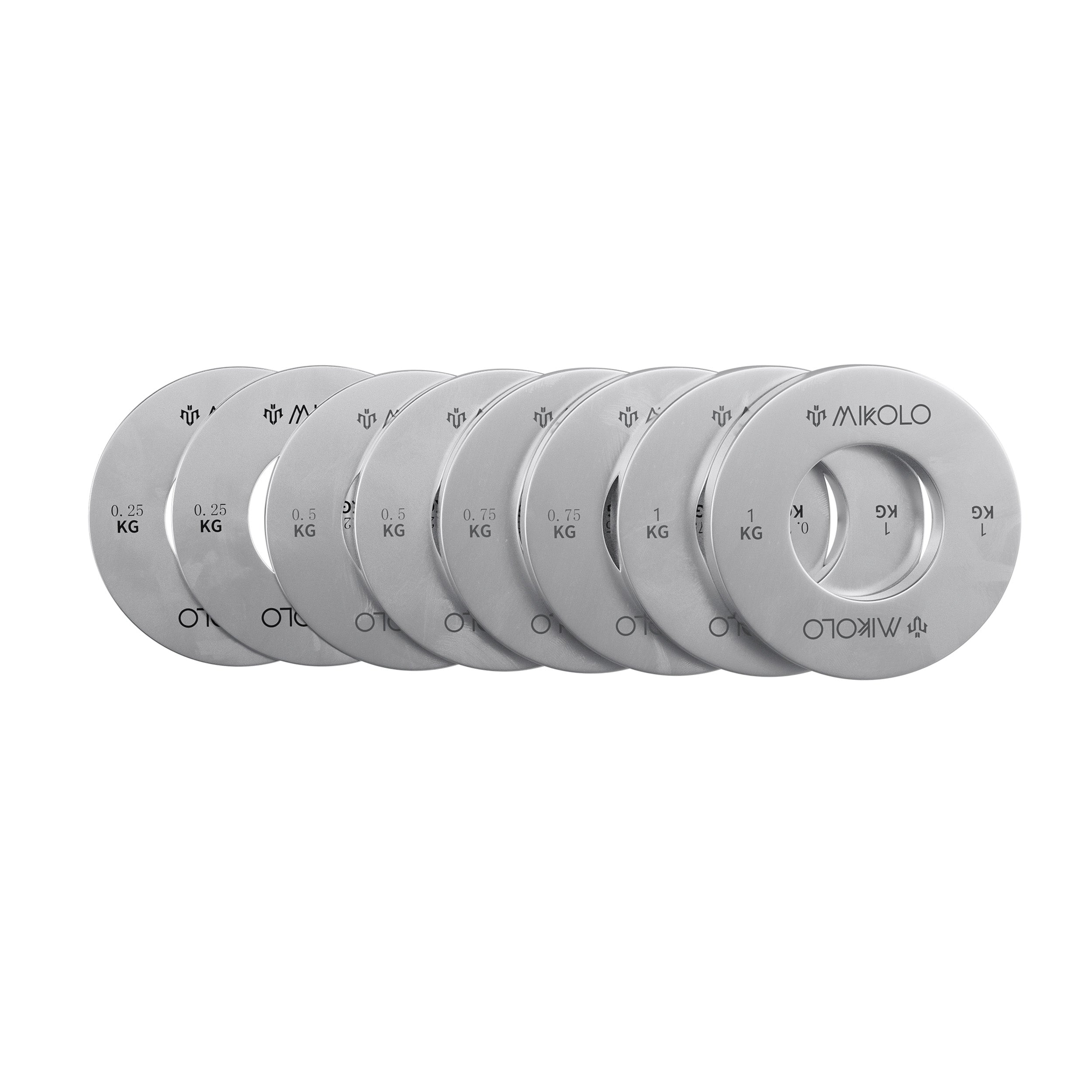


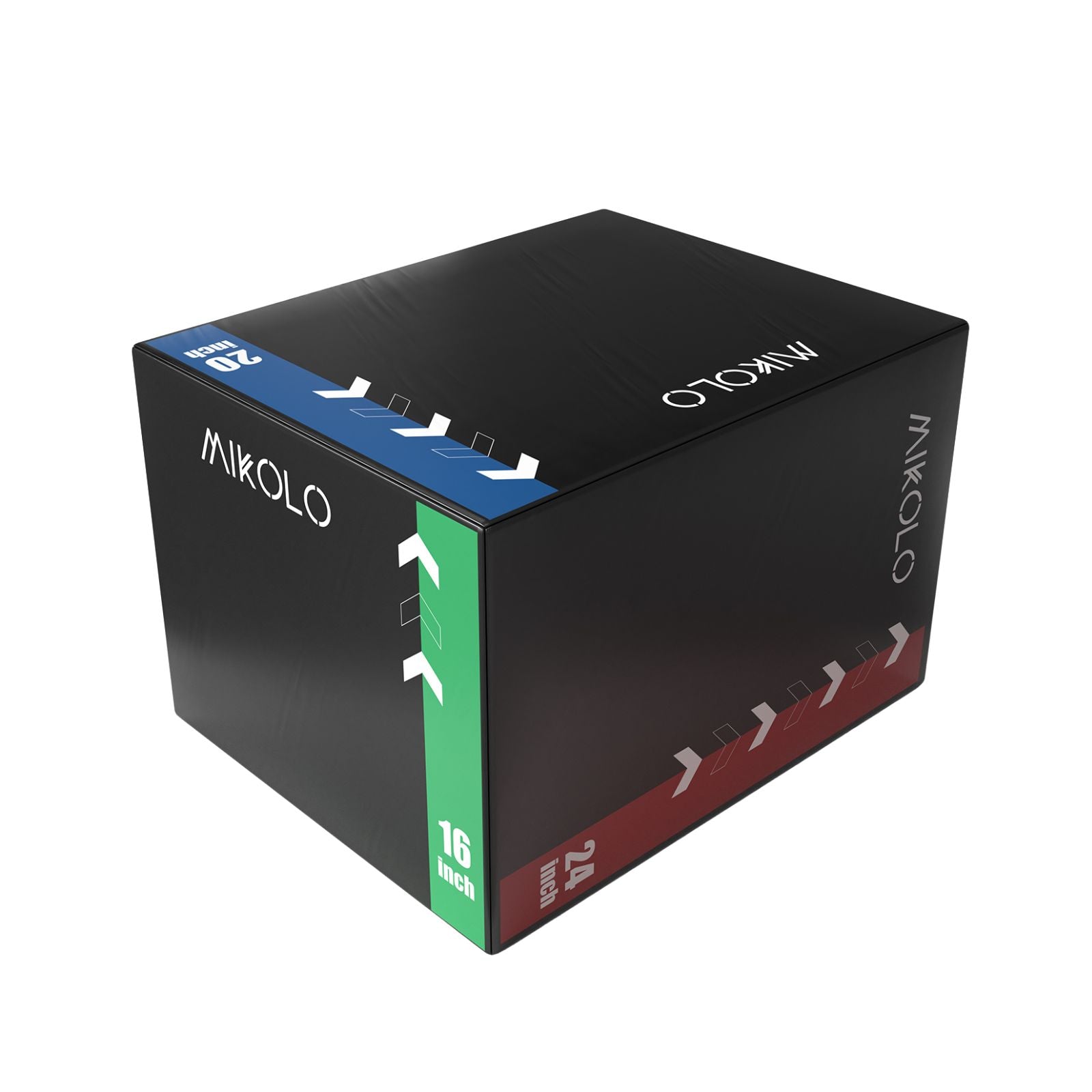
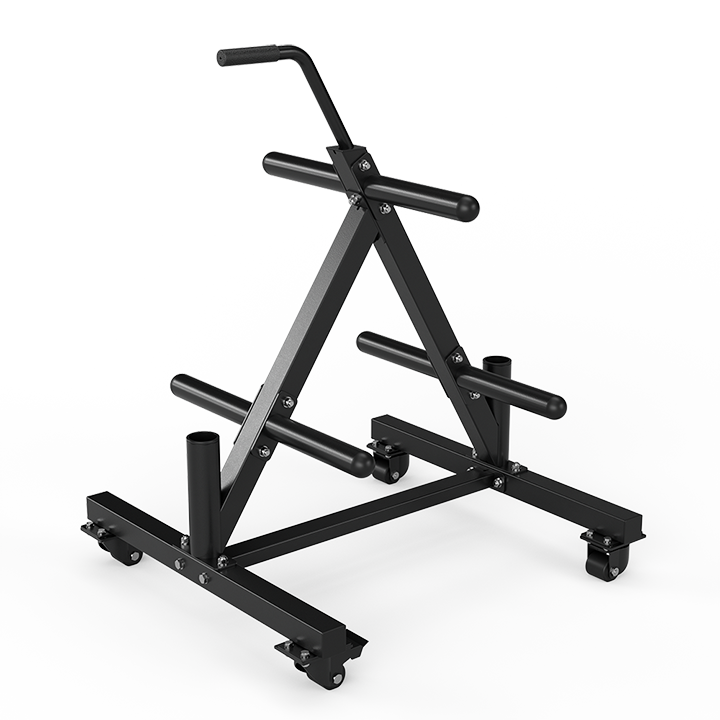





Leave a comment
This site is protected by hCaptcha and the hCaptcha Privacy Policy and Terms of Service apply.